Graphic design is an integral part of creating compelling book covers, merging art and marketing to entice potential readers. A well-designed book cover is more than just a protective layer; it’s a visual ambassador of the book’s content, conveying its essence and drawing readers into its world. On Book Lovers Day, we celebrate the power of graphic design in transforming book covers into captivating works of art.
Book covers have come a long way from simple text and plain backgrounds. Modern graphic design techniques allow for intricate illustrations, sophisticated typography, and strategic colour schemes that make book covers not just attractive, but also highly effective in communicating the story within. As we honour Book Lovers Day, it’s the perfect time to delve into the elements and techniques that make graphic design for book covers so essential.
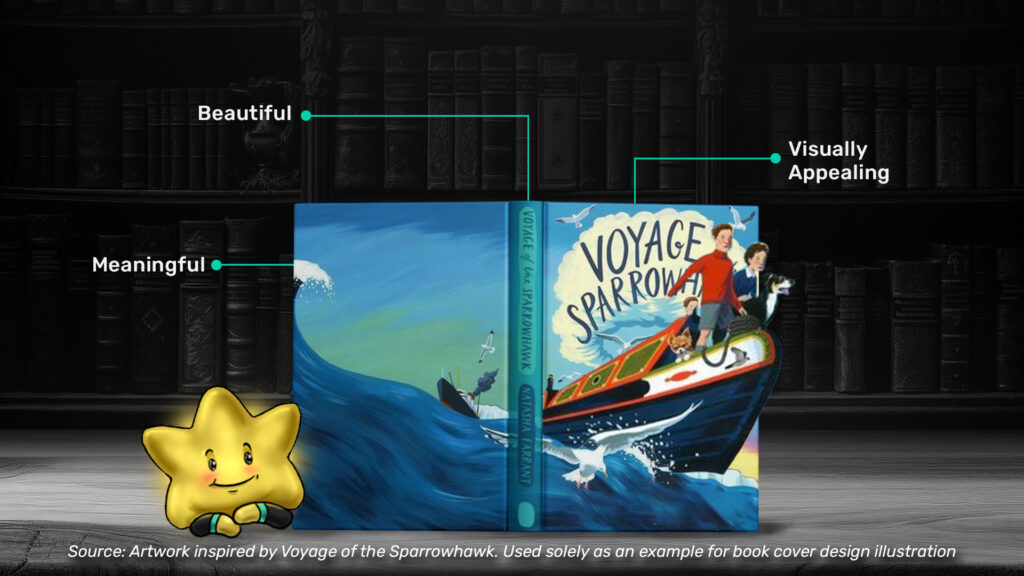
Purpose of Graphic Design in Book Covers
The primary purpose of graphic design in book covers is to attract potential readers and convey the book’s theme and tone. A visually appealing cover can make a significant difference in whether a book is picked up or passed over. By combining various design elements such as imagery, typography, and color, graphic designers create covers that are not only beautiful but also meaningful and representative of the book’s content.
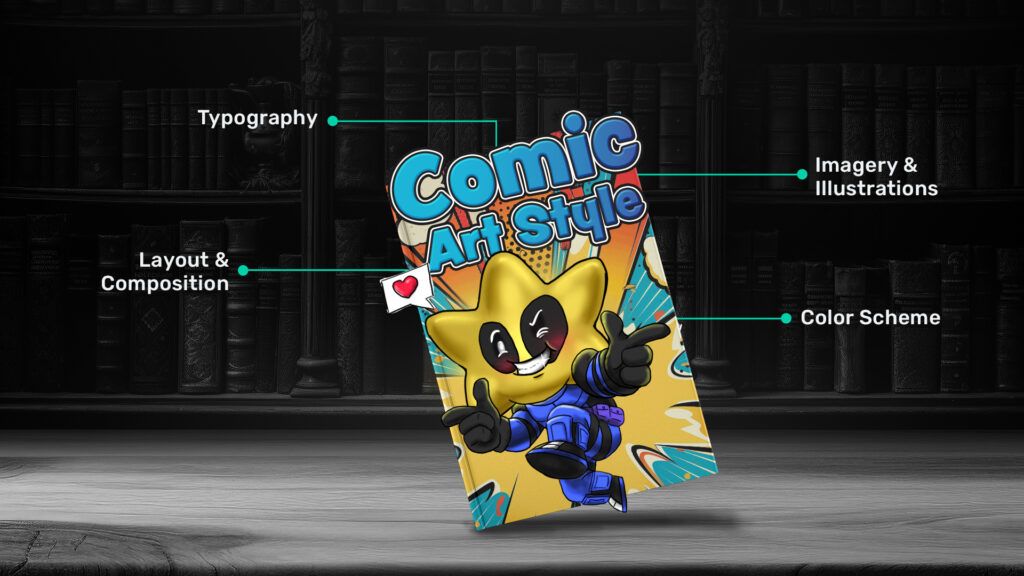
Key Elements of Graphic Design for Book Covers
- Typography
Typography is a critical component of book cover design. It involves selecting fonts and arranging text to make the title and author’s name clear and readable while also complementing the book’s theme. For example, a historical fiction novel might feature elegant, classic fonts, while a sci-fi thriller could use bold, futuristic typography. The choice of fonts, their size, spacing, and placement are all strategic decisions that enhance the overall design.
- Color Scheme
Colors have a profound psychological impact on readers. The right color scheme can evoke specific emotions and set the mood for the book. For instance, warm colors like red and orange can create a sense of excitement and energy, while cool colors like blue and green may evoke calm and mystery. Understanding color theory and how different colors interact is essential for creating a cohesive and appealing book cover.
- Imagery and Illustrations
Imagery and illustrations are powerful tools in book cover design. High-quality images and original illustrations can quickly convey the book’s genre, setting, and mood. Whether it’s a detailed illustration for a fantasy novel or a minimalist photograph for a contemporary drama, the choice of imagery is crucial in drawing readers in and sparking their curiosity.
- Layout and Composition
The layout and composition of a book cover determine how all the visual elements are arranged. A well-composed cover guides the viewer’s eye through the design in a logical and aesthetically pleasing way. Principles such as balance, contrast, and hierarchy help create a layout that is both engaging and effective. For example, placing the title at the top and using contrasting colors can ensure it stands out and grabs attention.
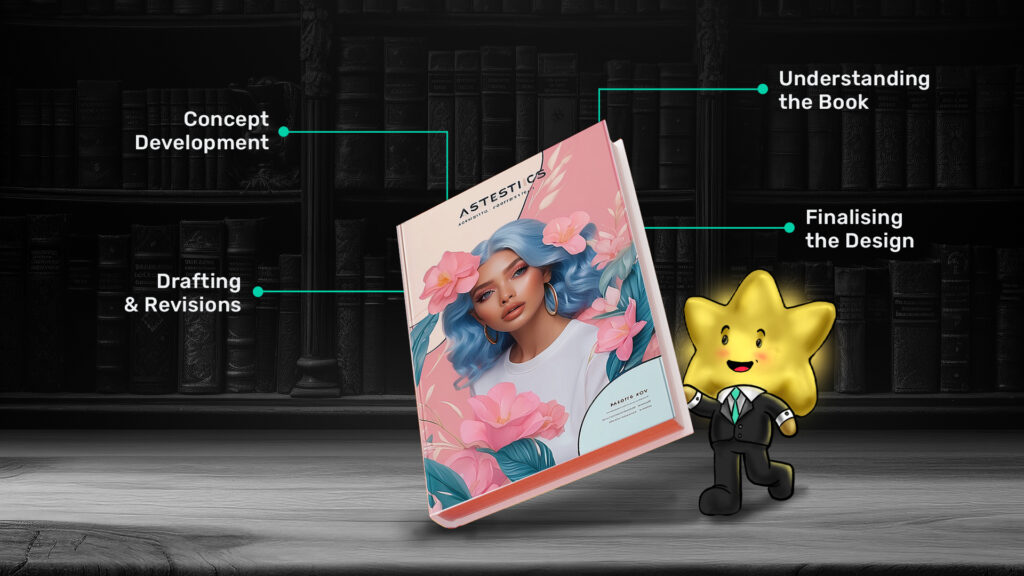
The Process of Designing Book Covers
- Understanding the Book
The first step in designing a book cover is to thoroughly understand the book’s content, themes, and target audience. This involves reading the manuscript or a detailed summary and discussing key elements with the author. A deep understanding of the book helps the designer create a cover that accurately reflects its essence.
- Concept Development
Once the designer has a clear understanding of the book, they begin brainstorming and sketching initial concepts. This phase includes creating mood boards, exploring different styles, and drawing inspiration from various sources. The goal is to develop a unique concept that captures the book’s spirit.
- Drafting and Revisions
After developing initial concepts, the designer creates rough drafts and shares them with the author and other stakeholders for feedback. This iterative process involves multiple revisions to refine the design and ensure it aligns with the author’s vision and appeals to the target audience.
- Finalising the Design
In the final stage, the designer polishes the cover, ensuring that all elements—typography, color, imagery, and layout—work harmoniously together. The design is then prepared for print and digital formats, ensuring it meets technical specifications and looks great in various formats.
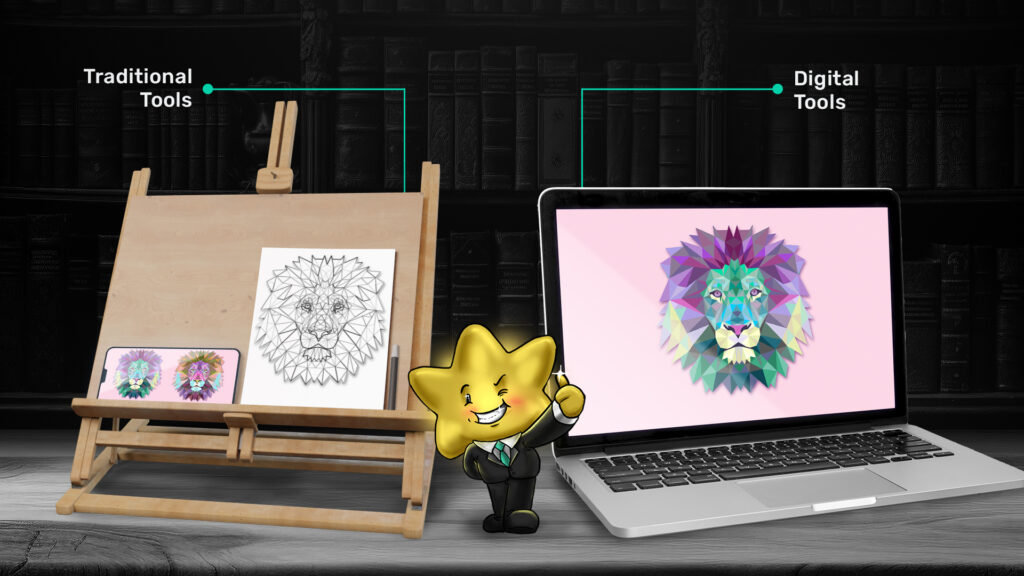
Tools and Software for Book Cover Design
- Traditional Tools
Traditional tools like pencils, markers, and sketchpads are often used in the initial stages of concept development. These tools allow designers to quickly capture ideas and explore different possibilities in a tactile way.
- Digital Tools
Digital tools are essential for modern book cover design. Software like Adobe Photoshop, Illustrator, and InDesign are industry standards for creating high-quality designs. These programs offer a wide range of features for editing images, creating vector graphics, and designing layouts. Procreate is another popular tool for digital sketching and painting.

Tips for Creating Effective Book Covers
- Know Your Audience
Understanding the target audience is crucial for creating a book cover that resonates. The design should reflect the audience’s preferences and expectations. Researching the audience’s interests and the design trends within the book’s genre can provide valuable insights.
- Stay Updated with Trends
Book cover design trends evolve over time. Staying updated with current trends can help designers create contemporary and relevant covers. However, it’s also important to balance trendiness with timeless appeal, ensuring the cover remains effective over time.
- Balance Creativity and Clarity
While creativity is essential, clarity should not be compromised. The cover must be visually appealing and convey the book’s message clearly. Striking a balance between artistic expression and readability ensures that the cover serves its purpose effectively.
- Seek Feedback
Feedback from clients, peers, and potential readers is invaluable. Constructive criticism helps identify areas for improvement and refine the design. Regularly seeking feedback during the design process can lead to a more polished and effective book cover.
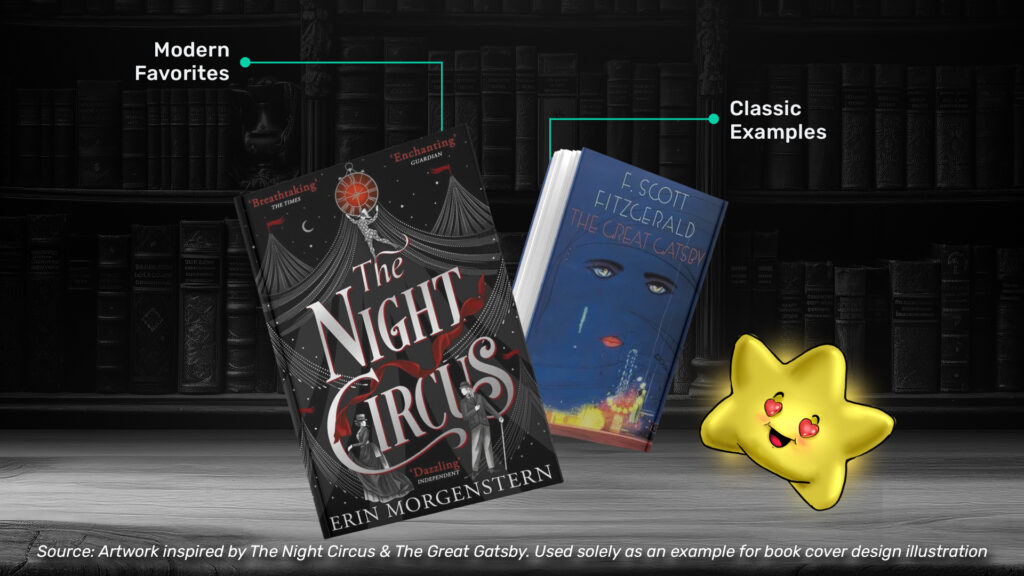
Examples of Iconic Book Covers
- Classic Examples
Some classic book covers have become iconic over time. The cover of “The Great Gatsby” by F. Scott Fitzgerald, with its striking illustration of a woman’s face superimposed over a cityscape, captures the novel’s themes of wealth and disillusionment. Its timeless design remains a cultural touchstone.
- Modern Favorites
Modern book covers often reflect current design trends and technological advancements. The cover of “The Night Circus” by Erin Morgenstern, featuring a whimsical black-and-white illustration with splashes of red, effectively conveys the book’s magical and mysterious atmosphere. Such designs demonstrate the impact of thoughtful and innovative graphic design.
Conclusion
Graphic design is a vital component of creating compelling book covers. By mastering key elements such as typography, color, imagery, and layout, designers can create covers that attract readers and convey the book’s essence. As we celebrate Book Lovers Day, let’s appreciate the artistry and creativity that goes into book cover design. Whether you’re a designer or a book lover, understanding the impact of graphic design on book covers can enhance your appreciation of this unique art form.





